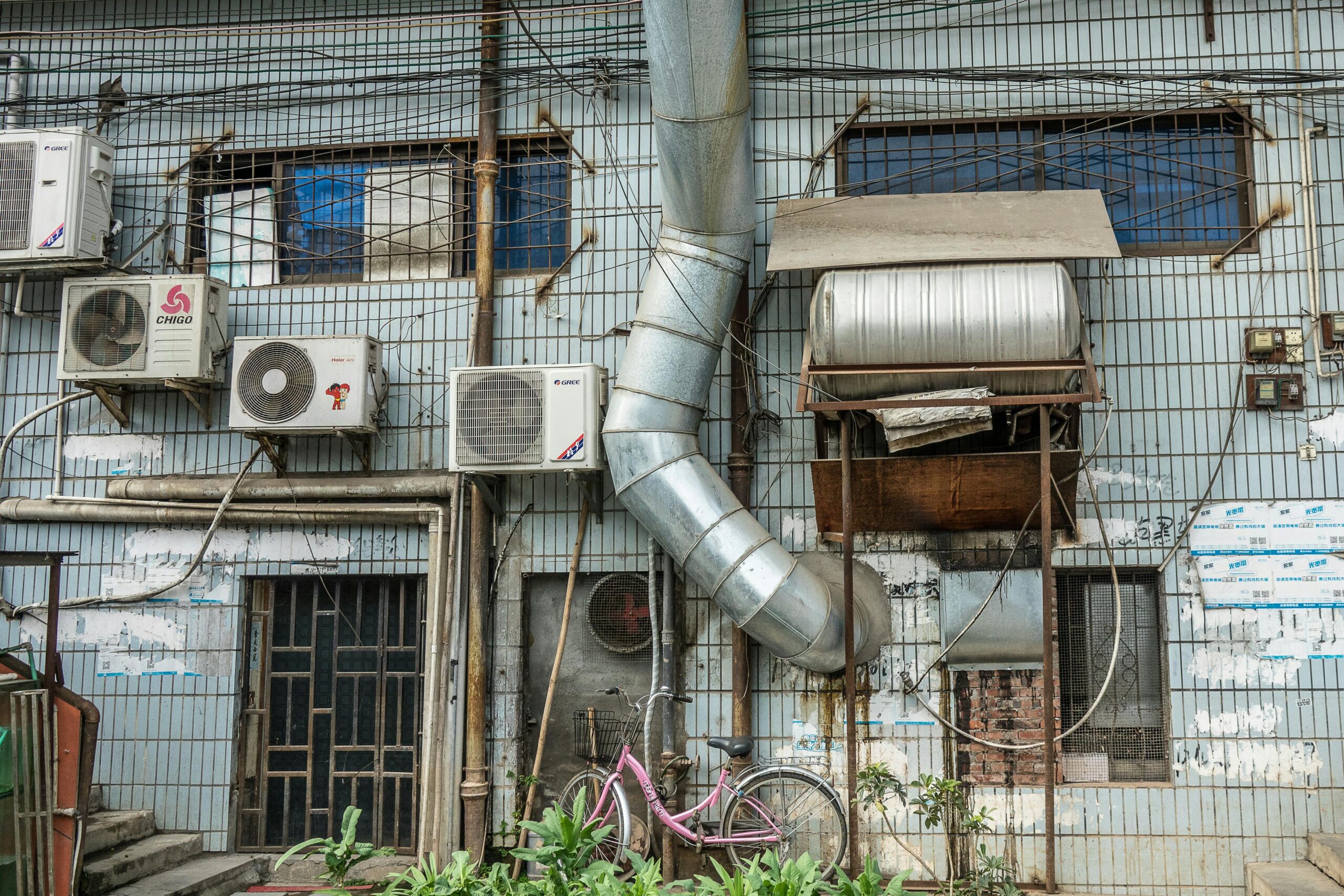Serving The Wasatch Front Area

Heat Load Calculations: The Key to Furnace Efficiency
September 17, 2024
By Brandon Schramm, Service Manager at Comfort Solutions
When it comes to installing a new furnace, one of the most important steps is getting the sizing right. Many homeowners don’t realize that installing a furnace that’s too large or too small can lead to inefficiency, higher energy bills, and uneven heating.
At Comfort Solutions, we perform heat load calculations to ensure that your furnace is the perfect fit for your home. Here’s a breakdown of what heat load calculations are and why they’re so important.
What Is a Heat Load Calculation?
A heat load calculation is a detailed assessment used to determine how much heat a home loses in the winter or gains in the summer. This helps us figure out the exact size of furnace or air conditioning system your home needs.
Several factors go into a heat load calculation:
- Wall Areas: We measure the square footage of exterior walls to understand how much heat escapes through them.
- Ceiling Areas: Like walls, ceilings are also key areas where heat can escape or accumulate, depending on insulation and design.
- Windows and Doors: Windows and doors are typically less insulated than walls, so they play a big role in heat loss.
- Insulation: The type and thickness of insulation in your walls, ceilings, and floors greatly affect the heat retention of your home.
- Home Layout: Factors like the number of rooms, floors, and whether or not you have a basement also impact the heating needs of your home.
By evaluating all of these components, we can calculate the exact amount of heat your home needs during the coldest days of winter.
This ensures that the furnace installed is neither too large nor too small, which brings us to the next point—why oversizing is a bad idea.
The Problem with Oversized Furnaces
It’s easy to think that a bigger furnace is better because it will heat your home more quickly. But this is far from the truth. Oversized furnaces create a number of issues, including short cycling, where the furnace turns on and off frequently.
When a furnace short cycles, it doesn’t run long enough to reach peak efficiency. It might get your home warm fast, but the frequent on-and-off cycling leads to uneven temperatures and higher energy consumption.
This not only drives up your energy bills but also reduces the lifespan of the furnace.
A properly sized furnace, calculated using a heat load assessment, runs for longer cycles at a lower, more efficient speed. This helps distribute heat evenly throughout your home and uses less energy. These best practices keep you comfortable and saves you money in the long run.
Multi-Stage Furnaces for Optimal Comfort
We often recommend multi-stage, variable-speed furnaces for homes in Utah. These units adjust their output based on the home’s heating needs, running at lower speeds during milder temperatures and ramping up only when necessary.
Multi-stage furnaces provide consistent heat without the frequent on-and-off cycling that can occur with single-stage units. This results in more even temperatures, quieter operation, and improved energy efficiency.
In most Utah homes we service, temperatures can vary greatly during the day. A multi-stage furnace can adjust its heat output based on the temperature fluctuations, ensuring your home stays comfortable without wasting energy. This means fewer drafts, more consistent warmth, and lower heating costs.
Furnace Efficiency Begins with Heat Load Calculations
When it comes to installing or replacing a furnace, accurate sizing is everything. A properly sized furnace based on heat load calculations will run more efficiently, last longer, and keep your home comfortable throughout the winter.
If you’re in the market for a new furnace or simply want to make sure your system is sized correctly, contact us today to schedule a heat load assessment and consultation.
Recent News

When to Upgrade Your AC Systems: Benefits & More
February 25, 2025

Why Remote Workers Should Upgrade Their HVAC
February 10, 2025

Common Home Heating, Furnace Repair & Replacement Myths
February 7, 2025

Keep Your Fireplace and HVAC Systems Running Strong All Winter
December 6, 2024

Your Comprehensive Heating Guide: Installation, Repair, Efficiency & More
September 18, 2024

HVAC System Replacements: How to Act Fast and Get it Done Right
September 17, 2024

